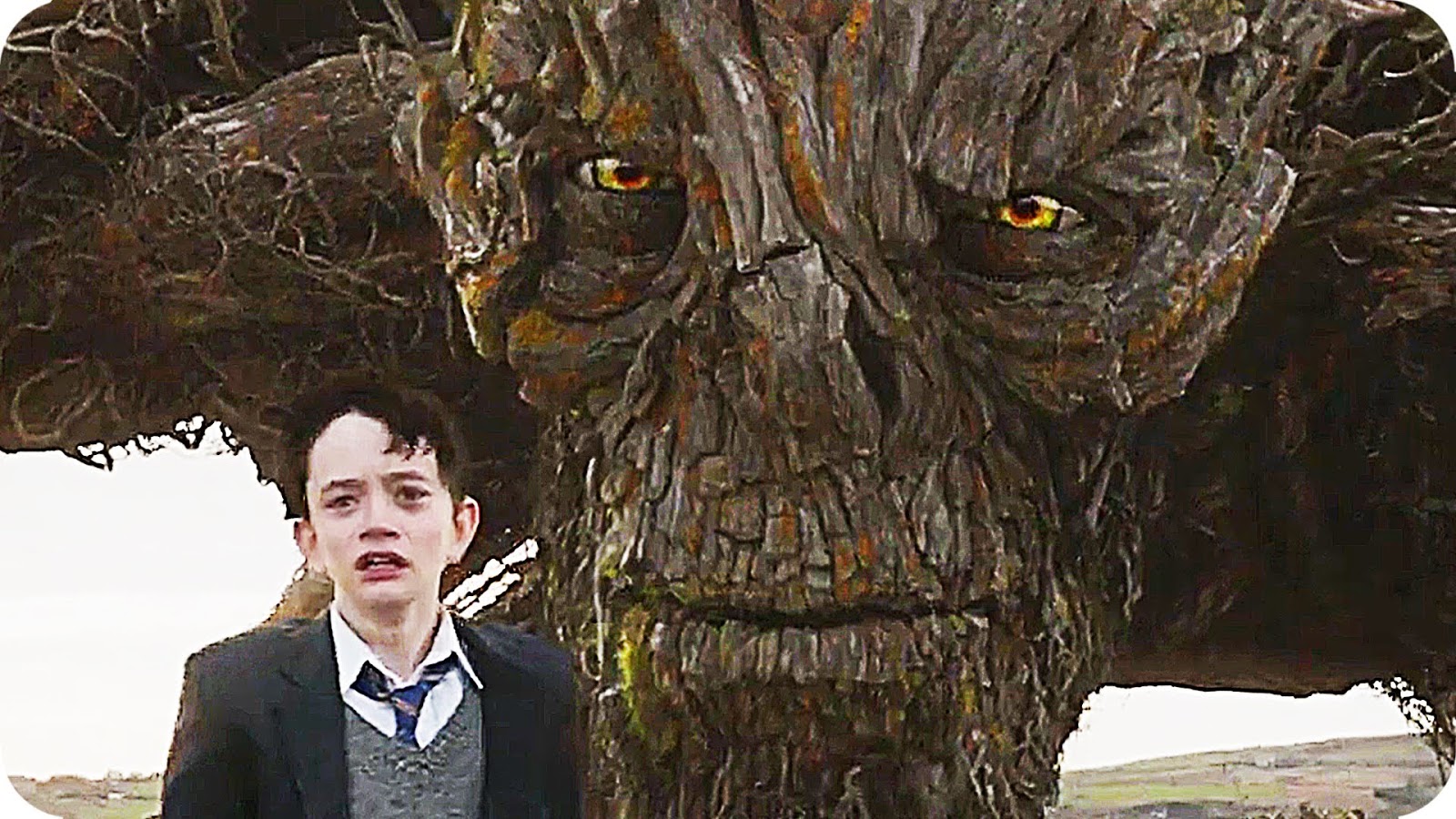The allure of the unknown has always beckoned humanity, and the concept of monsters has captivated our imaginations for centuries. From folklore and mythology to modern cinema and literature, the calling of the monsters invites us to explore the darker corners of our psyche and the world around us. These creatures, whether they take the form of fearsome beasts or metaphorical representations of our inner struggles, speak to our deepest fears and desires, compelling us to confront what lies beyond the veil of normalcy.
As we delve into the calling of the monsters, we must ask ourselves what these entities symbolize and why they continue to resonate with us today. Are they mere figments of our imagination, or do they represent something more profound? By examining the cultural significance of monsters, we can gain insights into our collective consciousness and the way we navigate the complexities of life.
In this exploration, we will journey through various aspects of the calling of the monsters, from historical interpretations to their representation in contemporary media. We will dissect the characteristics that make these creatures so compelling and investigate how they have evolved over time. Join us as we embark on this thrilling adventure into the heart of monstrosity!
What Are the Origins of the Calling of the Monsters?
The origins of monsters can be traced back to ancient civilizations and mythologies. From the terrifying Minotaur of Greek legend to the fearsome dragons of Chinese folklore, these beings often served as cautionary tales or representations of societal fears. By understanding the roots of these monsters, we can better appreciate their significance in our modern world.
How Do Monsters Reflect Human Fears?
Monsters often embody the fears and anxieties of the societies that create them. For instance, during times of war or social upheaval, monsters may take on characteristics that represent the enemy or a threat to stability. By examining the context in which these creatures arise, we can gain insights into the collective psyche of humanity and the challenges we face.
What Role Do Monsters Play in Storytelling?
Throughout history, monsters have played a crucial role in storytelling, serving as antagonists that challenge heroes and protagonists. They often represent obstacles that must be overcome, both literally and metaphorically. The calling of the monsters in literature and film creates tension and conflict, driving narratives forward and allowing audiences to confront their own fears through the lens of fiction.
How Have Monsters Evolved in Popular Culture?
The portrayal of monsters has evolved significantly in popular culture, reflecting changing societal norms and values. From classic horror films featuring iconic creatures like Frankenstein's monster to modern interpretations that humanize these beings, the evolution of monsters showcases our shifting perspectives on fear and the unknown.
What Are Some Iconic Monsters in Literature and Film?
Several monsters have become icons in literature and film, each representing different aspects of the human experience. Here are a few notable examples:
- Dracula: A symbol of seduction and fear, reflecting societal anxieties about sexuality and the unknown.
- The Wolfman: A representation of the duality of human nature, exploring themes of transformation and loss of control.
- Godzilla: An embodiment of nuclear fears and environmental concerns, showcasing humanity's impact on the world.
- Frankenstein’s Monster: A critique of scientific hubris and the consequences of playing God.
How Do Monsters Help Us Cope with Our Fears?
Engaging with the calling of the monsters allows us to confront our fears in a safe and controlled environment. By externalizing our anxieties through these creatures, we can explore and process emotions that might otherwise be overwhelming. This cathartic experience can lead to a deeper understanding of ourselves and the world around us.
Who Created the Most Notable Monsters in Fiction?
Many authors and filmmakers have left an indelible mark on the world of monster creation. Below is a table highlighting some of the most notable figures in this realm:
| Name | Notable Work | Contribution to Monster Lore |
|---|---|---|
| Mary Shelley | Frankenstein | Created the iconic monster that questions the ethics of creation. |
| Dracula | Bram Stoker's Dracula | Defined the modern vampire archetype and explored themes of desire and fear. |
| H.P. Lovecraft | The Call of Cthulhu | Introduced cosmic horror and the insignificance of humanity in the universe. |
| Stephen King | It | Explored childhood fears through the malevolent entity Pennywise. |
What Can We Learn from the Calling of the Monsters?
The calling of the monsters serves as a reflection of our fears, aspirations, and societal values. By examining these creatures and their narratives, we can gain insights into our own lives and the world we inhabit. Monsters challenge us to confront our vulnerabilities and remind us that fear, while powerful, can also be a catalyst for growth and understanding.
Are Monsters Truly the Enemy?
Ultimately, the monsters we encounter in stories and in our imaginations may not be the true enemies. Rather, they can be seen as manifestations of our fears and insecurities. By embracing the calling of the monsters, we can learn to coexist with our fears rather than allowing them to control us. This journey into the unknown can lead to empowerment, resilience, and a deeper understanding of what it means to be human.
In conclusion, the calling of the monsters invites us to explore the depths of our fears, confront societal anxieties, and engage with the narratives that shape our understanding of the world. As we continue to grapple with the unknown, let us remember that within the darkness lies the potential for enlightenment and transformation.



